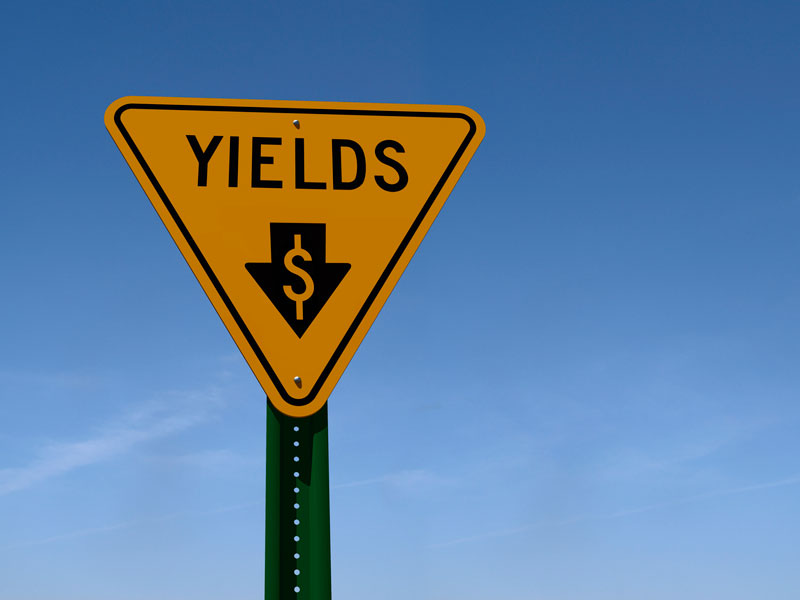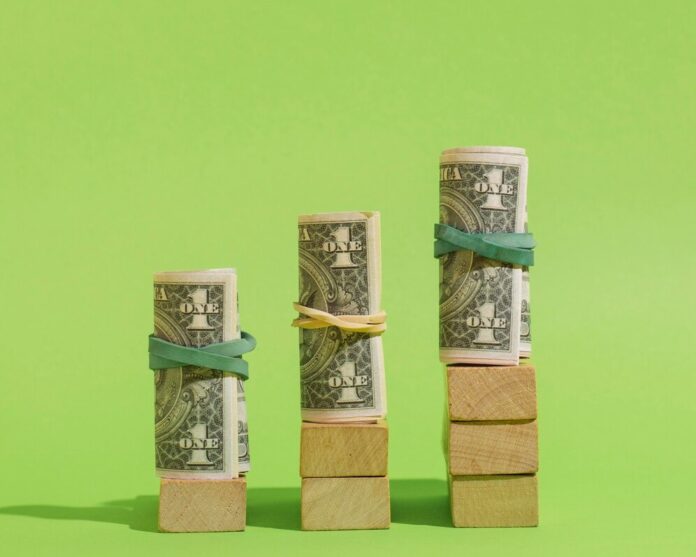In the world of investing, high dividend yields can be an enticing prospect for many investors seeking steady income. However, its important to be aware of the risks and realities that come with overly high dividend yields.
While a lofty yield may seem attractive on the surface, it could be a warning sign of underlying issues within the company. Investors should consider factors such as the sustainability of the dividend, the companys financial health, and its ability to continue paying out such high yields in the long term.
In this article, we will explore three key risks associated with overly high dividend yields that investors should take into consideration before making investment decisions.
1. Understanding the Risks of Chasing High Dividend Yields

While the allure of high dividend yields may be tempting for investors seeking to maximize their returns, it is crucial to understand the risks associated with chasing after these seemingly lucrative investments. One key risk to consider is the possibility of a company stretching itself too thin in order to maintain its high dividend payments.
This can lead to financial instability and ultimately result in a reduction or suspension of dividends, leaving investors with significant losses. It is crucial to remember that the highest dividend stocks are not always the best choice for reliable long-term income and wealth preservation. Additionally, companies offering unusually high dividend yields may be doing so as a last-ditch effort to attract investors, signaling potential underlying issues within the business that could negatively impact stock performance in the long run.
Lastly, investors should be wary of high dividend yields that are unsustainable or artificially inflated, as they may not accurately reflect the companys true financial health. By carefully evaluating the risks associated with chasing high dividend yields, investors can make more informed decisions to protect their portfolios from potential pitfalls.
2. The Realities of Sustainable vs. Unsustainable Dividend Yields

One important aspect to consider when evaluating dividend yields is the difference between sustainable and unsustainable yields. Sustainable dividend yields are those that are supported by a companys consistent earnings and cash flow generation.
These dividends are more likely to be maintained or even increased over time, providing investors with a reliable income stream. On the other hand, unsustainable dividend yields may be enticing in the short term, but they could be a red flag for investors.
These high yields may be unsustainable due to underlying financial weaknesses in the company, such as declining profits or excessive debt levels. It is crucial for investors to analyze the realities of sustainable versus unsustainable dividend yields to make informed decisions about their investments.
3. Managing the Risks of Overly High Dividend Yields: Strategies for Investors

Investors seeking out high dividend yields must be cautious of the risks involved in overly high dividend yields. While high dividends can be an attractive option for investors looking for steady income, there are potential downsides to consider.
One strategy for managing these risks is diversification of investments. By spreading investments across a variety of assets, sectors, and geographies, investors can help mitigate the impact of a potential dividend cut from one specific company.
Another approach is to assess the sustainability of a companys dividend policies before investing. This involves looking at factors such as cash flow, debt levels, and payout ratios to determine the likelihood of a company being able to maintain its dividend payments over the long term.
Lastly, investors should also be aware of the danger of chasing overly high dividend yields, as they may signal underlying issues within a company that could eventually lead to financial trouble. By being proactive and thoughtful in their investment approach, investors can better navigate the risks associated with high dividend yields.
Conclusion
In conclusion, it is important for investors to be aware of the risks and realities associated with overly high dividend yields. While a high yield may seem attractive, it can often indicate potential red flags such as unsustainable payout ratios, financial distress, or market inefficiencies.
By carefully evaluating the underlying fundamentals of a company and considering the potential risks involved, investors can make more informed decisions when it comes to selecting dividend-paying stocks. Investors should prioritize quality and sustainability over sheer yield in order to build a resilient and diversified investment portfolio.











